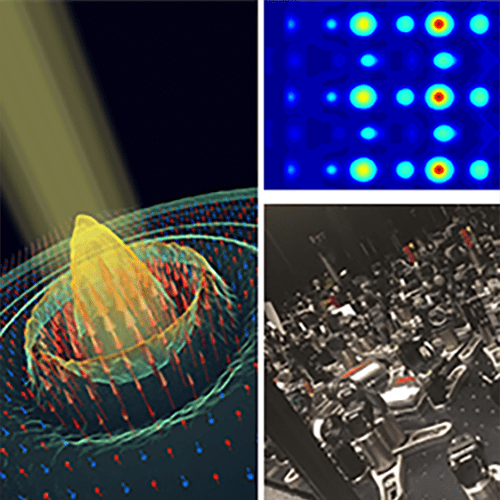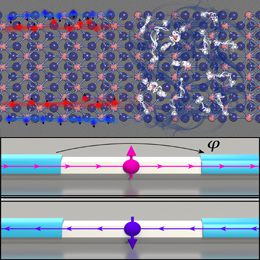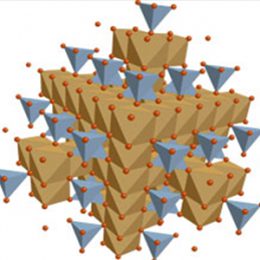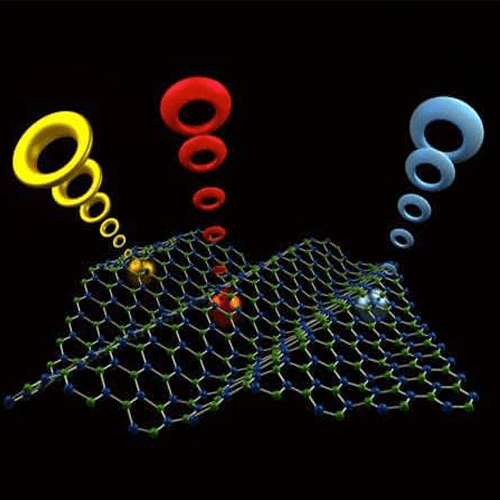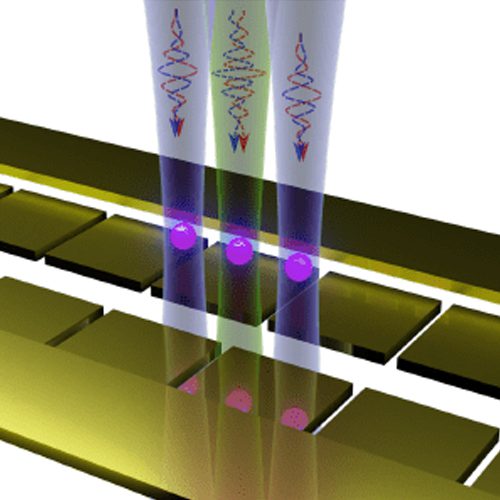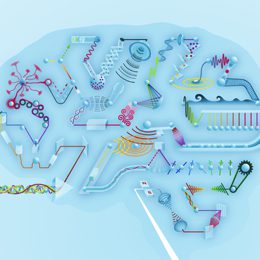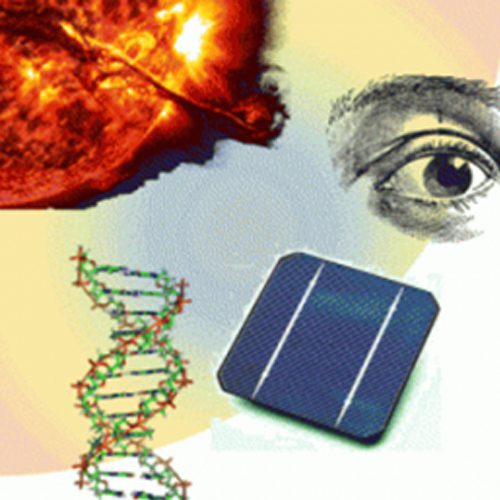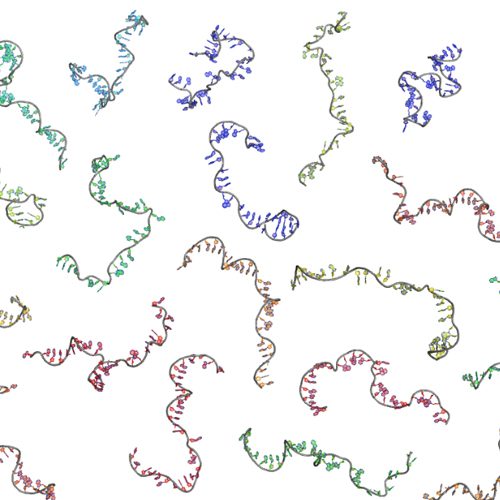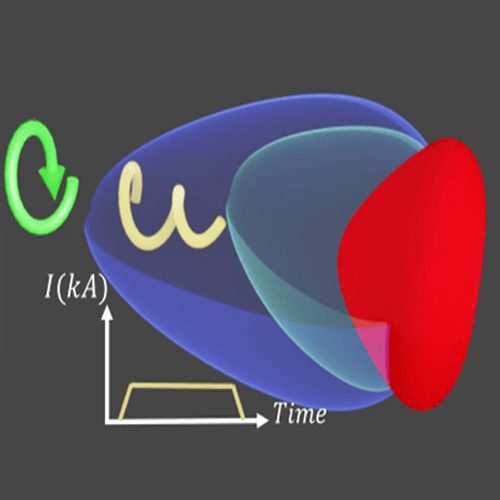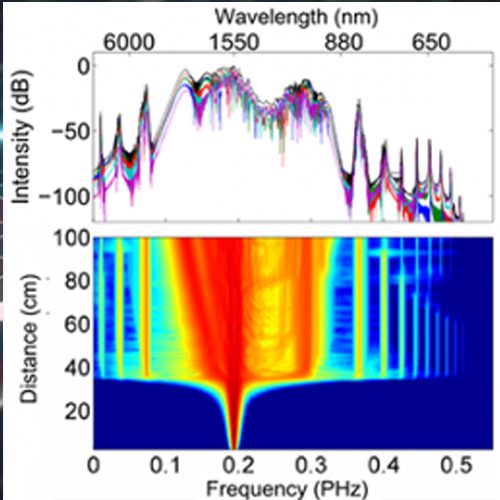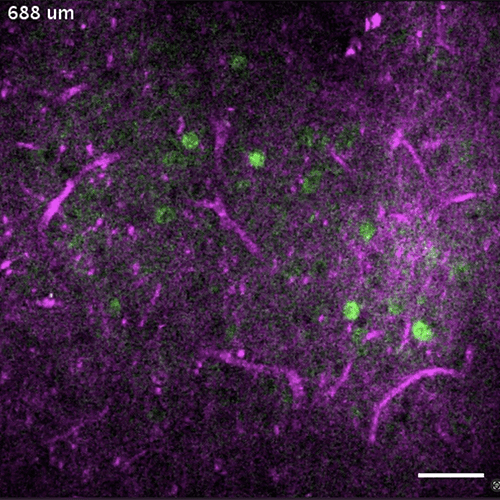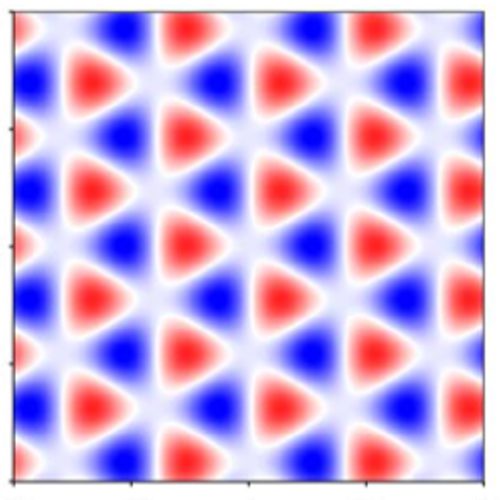Page Contents
Research Groups
-
![decorative image]()
Disa Lab
Research in the Disa Lab centers around understanding and controlling the properties of quantum materials at the smallest length and time scales. Exploiting ultrashort light pulses from the THz to x-ray range, we delve into the emergent behavior of systems ranging from ferroelectrics to complex magnets to superconductors when excited out-of-equilibrium. The group is especially interested in studying light-matter interactions and light-driven processes in artificially engineered heterostructures with atomic dimensions, aiming to design new functionalities for next-generation computing and energy technologies.
-
![decorative image suggessting quantum analysis]()
Fatemi Lab
We are an experimental condensed matter physics and quantum devices lab located at Cornell University’s School of Applied and Engineering Physics. Our main pursuits are the discovery and application of new quantum electronic phenomena — an intersection of materials physics and applied quantum coherent devices. Specific areas of interest are the development of novel quantum bits, the discovery of new nano- and mesoscopic physics, and the investigation of correlated and topological states in 2d materials. Our main tools are cryogenic electronic and microwave measurement techniques and nanofabrication.
-
![decorative image]()
Fennie Group
The interests of the Fennie Research Group lie at the intersection of materials physics and solid state chemistry. Broadly characterized, research is centered on the use of first-principles informed theory to elucidate the principles that govern the relationship between the structure and the macroscopic behavior of complex materials in which lattice, magnetic, orbital, and electronic degrees of freedom are active. The group is fascinated by systems in which understanding the structural complexity is key to explaining their macroscopic properties and in particular by systems where chemical intuition often breaks down.
-
![decorative image]()
Fuchs Group
The Fuchs Group’s research focuses on understanding and controlling solid-state spins at the nanoscale, including interactions with their environment and electromagnetic radiation from the microwave to the optical domain. These interactions may find applications in magnetic technology and devices as well as in the emerging area of quantum information science and technology.
-
![Decorative image]()
Katz Lab
We are an experimental research group in the School of Applied and Engineering Physics, specializing in advancing the state of the art in quantum systems based on trapped ions and neutral atoms. Our research spans a wide range of applications including quantum computation, simulation, sensing, and networking.
We construct large crystals of ions, built atom by atom, and control them at the single-atom resolution, enabling exploration of an unprecedentedly large Hilbert space We study hybrid systems of ultracold neutral & charged atoms and molecules. Additionally, we utilize extremely dense ensembles of atoms, containing up to 1020 atoms in millimeter-scale devices, capable of maintaining their quantum state for hours at room temperature or above.
-
![Decorative image showing graphical depiction of neural networks.]()
McMahon Lab
The McMahon Lab researches the physics of computation, and how physical systems can be engineered to perform computation in new ways that provide benefits over current CMOS-based von Neumann processors. The lab has a particular emphasis on quantum computation, but also explores other candidate future computing technologies that are classical, including photonic computing and neuromorphic computing.
-
![Decorative image]()
Moses Group
The Moses Group specializes in optical technologies and techniques for capturing the fastest events in natural and manmade devices. Laser research focuses on the development of hyperspectral light-pulse tools that can capture ultrafast phenomena (events so brief as to be barely detectable by state-of-the-art technology) in real time. The lab is developing a unique instrument, a 10-femtosecond hyperspectral stroboscope, that will emit 10-fs coherent synchronized light pulses covering the extreme ultraviolet, ultraviolet A/B/C, visible, near-infrared and mid-infrared portions of the electromagnetic spectrum.
-
![Decorative image]()
Muller Group
The Muller Group’s electron microscopy research is focused on understanding the behavior of materials and devices at the atomic scale, with an emphasis on sustainable energy applications. Using some of the most powerful electron microscopes in the world, placed in specially-designed and environmentally isolated rooms, the group is able to explore the chemistry, electronic structure and bonding inside objects as diverse as transistors, fuel cells and two-dimensional superconductors.
-
![biomolecules]()
Pollack Lab
The Pollack Lab studies interesting and relevant biophysical problems involving proteins, RNA and DNA. With eight national research centers and laboratories focused on applied physics – four of which are supported by the National Science Foundation – the group’s graduate students have access to some of the most advanced research equipment and technology in the world.
-
![]()
Shan Lab
The Shan Lab’s research focuses on the electronic properties of nanoscale materials. Of particular interest are atomically thin two-dimensional crystals (such as graphene and MoS2) and their heterostructures. The group develops an array of experimental techniques to probe, image and control the internal degrees of freedom of electrons and their new phases in these nanoscale systems.
-
![decorative image]()
Shvets Group
The Shvets Group is engaged in theoretical, experimental and computational research in several areas of applied and fundamental physics. Interaction between light and matter lies at the core of our research. Present areas of research fall into the following broad categories: (1) theoretical and computational plasma physics, with the emphasis on ultra-intense laser-plasma interactions, plasma-based particle accelerators, and high energy density plasma physics; (2) fundamental studies of metamaterials across the electromagnetic spectrum, with the emphasis on nanophotonics and plasmonics; (3) applications of nanophotonics to biological and biomedical sciences, and to the development of ultra-compact laser-driven particle accelerators.
-
![]()
Wise Group
The Wise Group is currently focused on nonlinear wave phenomena in optical fibers. In one project, they develop fiber lasers that generate ultrashort light pulses. In another, they investigate nonlinear wave propagation in multimode fibers.
-
![Photo graph of mouse brain at microscopic leel]()
Xu Group
The Xu Group’s research has two main thrusts: biomedical imaging and fiber optics. They are exploring new concepts and techniques for in vivo imaging deep into scattering biological specimens, such as mouse brain. We are developing new medical endoscopes for non-invasive real-time diagnostics of tissues without any exogenous contrast agent. We are developing novel optical fibers and fiber-based devices for biomedical imaging and optical communications.
-
![decorative image showing moire]()
Yasuda Lab
Our research lies at the intersection of condensed matter physics, nanotechnology, and quantum science. We are driven by the goal of designing, functionalizing, and manipulating novel quantum nanomaterials through artificial heterostructure engineering based on 2D materials and thin film growth. We are keen on engineering nontrivial topology and Berry curvature, investigating unconventional ferroelectricity and magnetism, and designing strongly-correlated electronic systems that manifest exotic superconductivity.
Our experimental toolkits include van der Waals heterostructure assembly, thin film growth, device nanofabrication, low-temperature electrical measurement, and scanning probe microscopy.
Groups No Longer Recruiting
-
Craighead Group
The Craighead Group is focused on nanofabrication and the science of nanoscale systems, with recent emphasis on biotechnology, including methods for single biomolecule manipulation, detection and analysis.
-
Lindau Group
The central research topic in the Lindau lab is the investigation of the molecular machine, which releases neurotransmitters and hormones in the body. This machine opens a pore allowing release of transmitter molecules from tiny storage compartments, the secretory vesicles. To determine how this works, the lab performs experiments to characterize the opening of these doors using specially developed microfabricated devices, combined with computer simulations that visualize the molecular mechanics. The widely known BoTox treatment modifies this machine and thereby reduces transmitter release.
